TRD Issue 50 - Insight: Retail Trends to Watch Out for in 2024
Major retail trends in 2024 include AI integration, e-commerce, physical stores in omnichannel strategies, retail media networks, social commerce, and AR/VR.
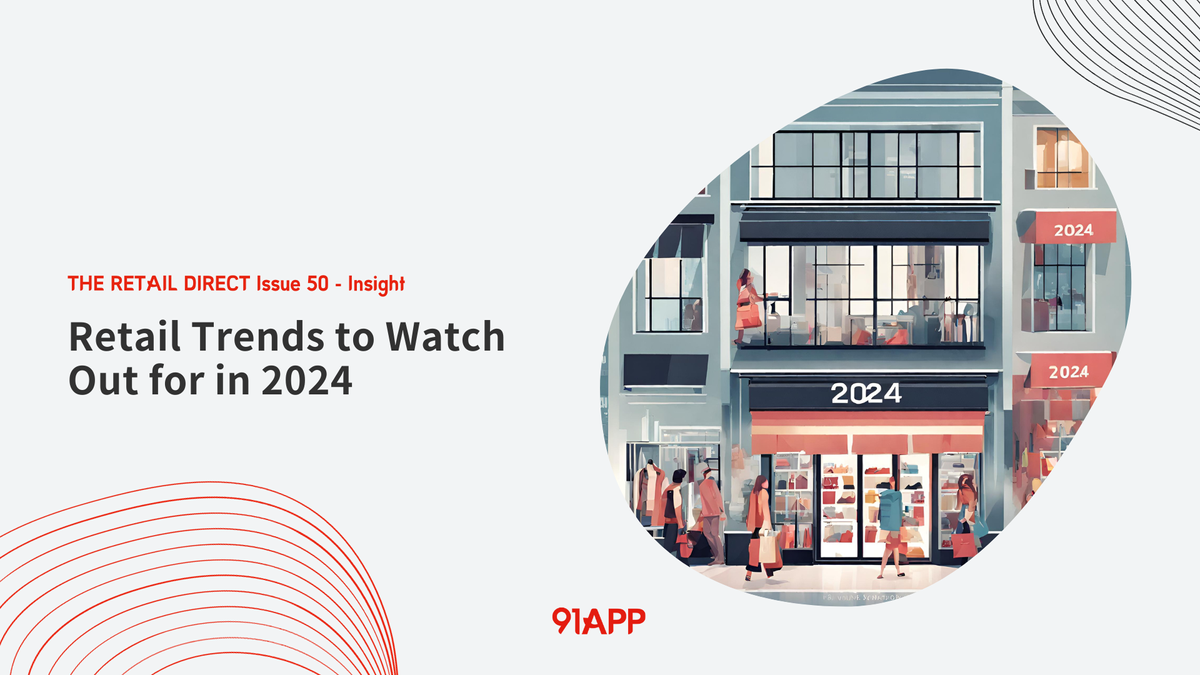
Hello Subscribers,
As 2023 draws to a close, we have reviewed a series of significant retail trends that have shaped the market landscape for the year and indicated the direction for 2024. Understanding these trends is crucial for staying ahead in this rapidly changing industry.
These trends include the deep integration of Artificial Intelligence in retail, e-commerce as a primary driver of sales, and the importance of physical retail in omnichannel strategies. Additionally, the rise of retail media networks, the integration of social commerce, and the application of Augmented Reality and Virtual Reality in digital spaces are key focal points.
Happy reading!
The Retail Direct
About 91APP
Founded in 2013, 91APP is the premier OMO (online-merge-offline) SaaS company, providing one-stop omnichannel retail solutions in Taiwan, Hong Kong, and Malaysia. It offers advanced Commerce Solutions and Marketing Solutions that enable retail brands to penetrate the D2C (Direct-to-Consumer) e-commerce market and drive operational benefits to their full potential. In 2021, 91APP became the first SaaS company to be listed in Taiwan and has been named one of Taiwan's "NEXT BIG" companies by Startup Island TAIWAN.
For more information about 91APP (TWO: 6741), visit www.91app.com.
The Increasingly Blurred Line Between Digital and Physical Retail
The distinction between online and offline retail has become increasingly blurred in recent years, thanks to the widespread use of mobile devices. Technological advancements have enabled a seamless integration between these two realms, providing shoppers with a more holistic and personalized experience. The convenience and flexibility of online shopping are now being replicated in physical stores, making the shopping experience more accessible and enjoyable for everyone. As we move towards 2024, we expect to see even more innovative technologies emerge, further redefining the traditional shopping experience.
Immersive Retail with VR and AR
After years of development and a surge in hype around the metaverse concept during the pandemic, Apple, known for its cautious yet innovative approach, has finally announced its first VR device, Vision Pro. The device is expected to be shipped in 2024. Along with Apple, Meta is also launching more affordable but high-performance VR devices, which is expected to bring a retail revolution.
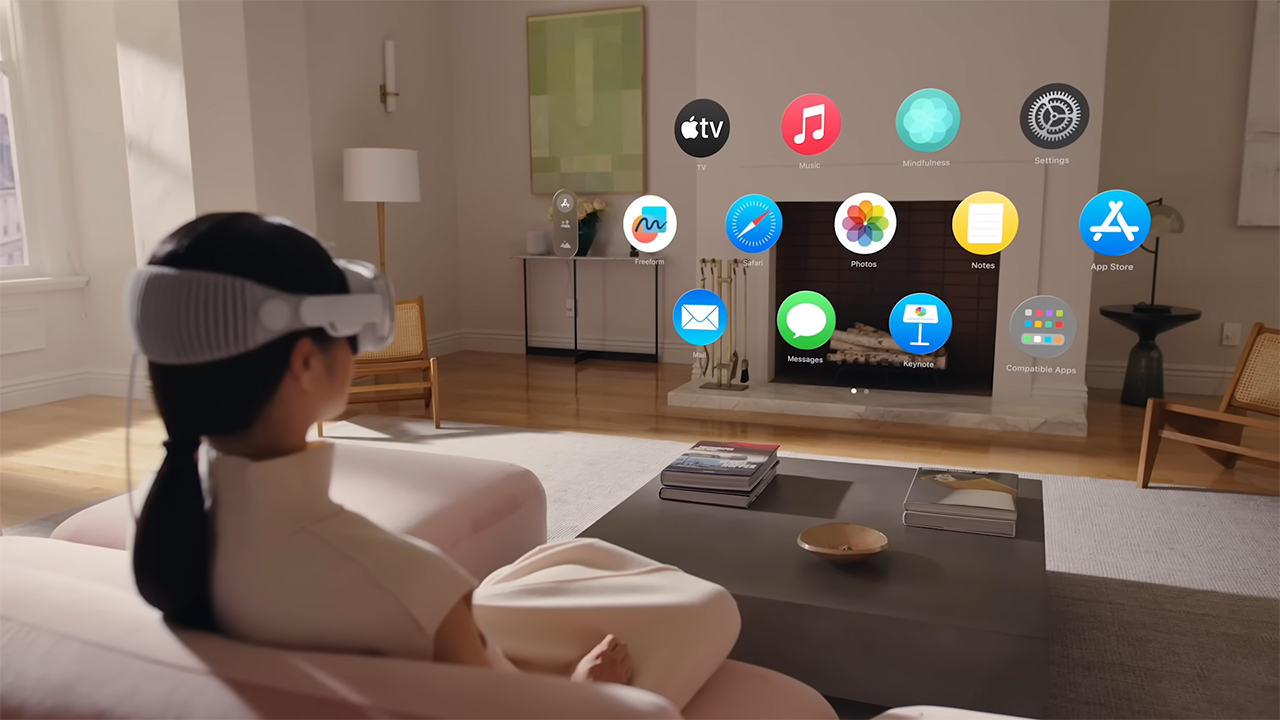
Nowadays, many brands use AR to allow customers to virtually try on glasses and clothes or see how furniture and paint will look in their environment. As we move towards 2024, we expect to see more refined and feature-rich mixed-reality retail experiences emerging as interfaces and user experiences become more streamlined.

Online Brands Actively Entering Physical Spaces
Recently, e-commerce brands and platforms have realized the significance of providing customers with a physical experience, especially after the pandemic. SHEIN, a budget-friendly fast fashion e-commerce brand, is a prime example. This year, they invested in Forever 21 and opened pop-up shops within Forever 21 stores. Additionally, they further invested in the European fashion brand Missguided, highlighting the importance of physical presence for online brands to expand their brand recognition and customer base.
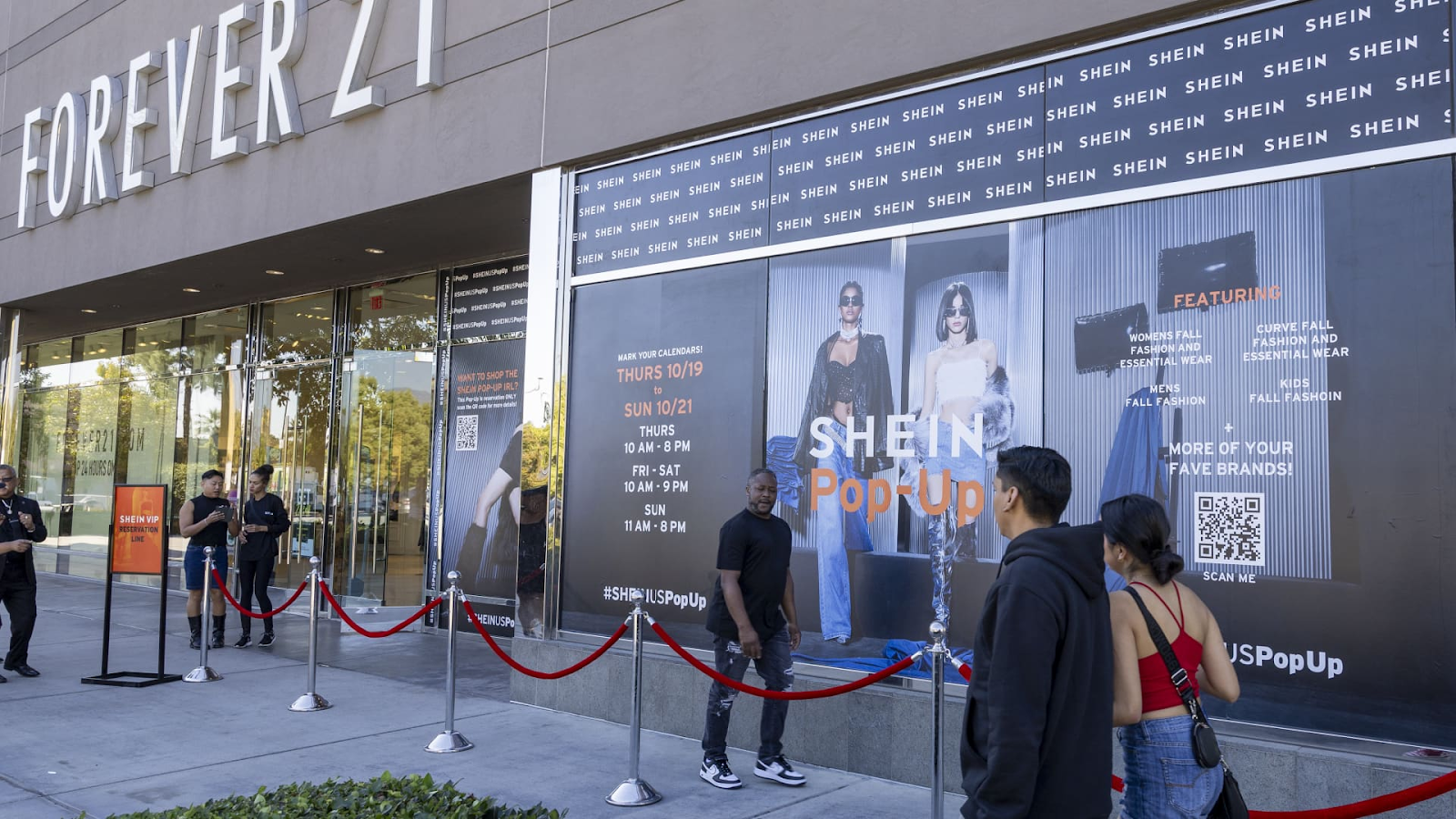
Retailers are Expanding the Use of Digital Tools
Retailers have invested more in digital transformation during the pandemic, which is now paying off in the post-pandemic era. Brands and retailers are now using customer relationship management systems (CRM) and segmented marketing to expand the consumption contribution of loyal customers more efficiently through various marketing touchpoints such as mobile apps, push notifications, email, SMS, and digital advertising. Brands and retailers also combine online and offline loyalty programs to enhance the consumer experience.
Moreover, the data integrated through digital transformation will ultimately be used to improve the efficiency of back-office work in retail. This includes smarter ERP or POS systems, real-time inventory management, or the combination of image recognition and AI technology for people flow identification, self-checkout, or unmanned stores.
For retailers and brands in 2024, the ultimate goal is to create a seamless omnichannel experience that meets the ever-changing preferences of modern consumers.
AI Drives Cost Reduction and Customer Acquisition in Retail
Since the launch of ChatGPT at the end of 2022, there has been a global surge in AI applications, with almost every enterprise exploring integrating AI into their workflows, whether it's serving as an assistant (copilot) to help with complex data processing or system operations, or using AI for creative imagination, content production, and translation.
Audience Segmentation and Personalization
AI helps retailers analyze customer data and create personalized marketing strategies based on demographics, behavior, and preferences. By clustering and classifying customers, retailers can group them based on similarities and differences and predict specific attributes such as age, gender, income, or personality. These AI-driven methods provide a better understanding of the customer base, enabling more effective and targeted marketing efforts.
Inventory and Supply Chain Management
AI-powered inventory management systems accurately predict inventory needs by analyzing sales data, seasonal trends, and supplier behavior. These systems adapt to new products, automate updates, and respond to supplier unpredictability, helping balance supply and demand and improving customer experiences. An example is American Eagle Outfitters' plan to use AI-powered RADAR's inventory-tracking technology in 500 stores across the U.S., enhancing efficiency and customer satisfaction.
Demand Forecasting
AI's predictive analytics capabilities allow retailers to predict customer demand accurately. By analyzing historical data and current market trends, retailers can plan inventory, staffing, and marketing strategies that align with expected demand, which is crucial for running a successful retail operation.
More Diverse Product Discovery Media
If you randomly ask a young person on the street how they discovered their last purchase, there's a high chance they'll say, "It was recommended to me on social media."
Social Commerce, the combination of social media and e-commerce, has been developing for years. However, it has only recently transitioned from an advertising format to more diverse applications. From live streaming to short videos and then back to long-form content, consumer preferences and habits constantly change.
What remains constant is the influx of high-quality, purchase-inspiring content creatively integrated into people's lives.
Short Videos Capturing Attention and Stimulating Focus
Take TikTok as an example. The popular search term "TikTok Made Me Buy It" epitomizes this trend. There are always short videos on TikTok made for affiliate marketing, which increasingly influence consumer behavior towards video content, especially endlessly scrollable, like "10 Must-Buy Christmas Items" or "15 Essential Home Cleaning Tools."
This trend led Amazon to develop short video products, officially launching Inspire in 2023, a TikTok-like platform for photos and short videos. It allows consumers to browse through products featured in videos uploaded by brands, influencers, and other consumers, making it easier to proceed to the product page and complete purchases.
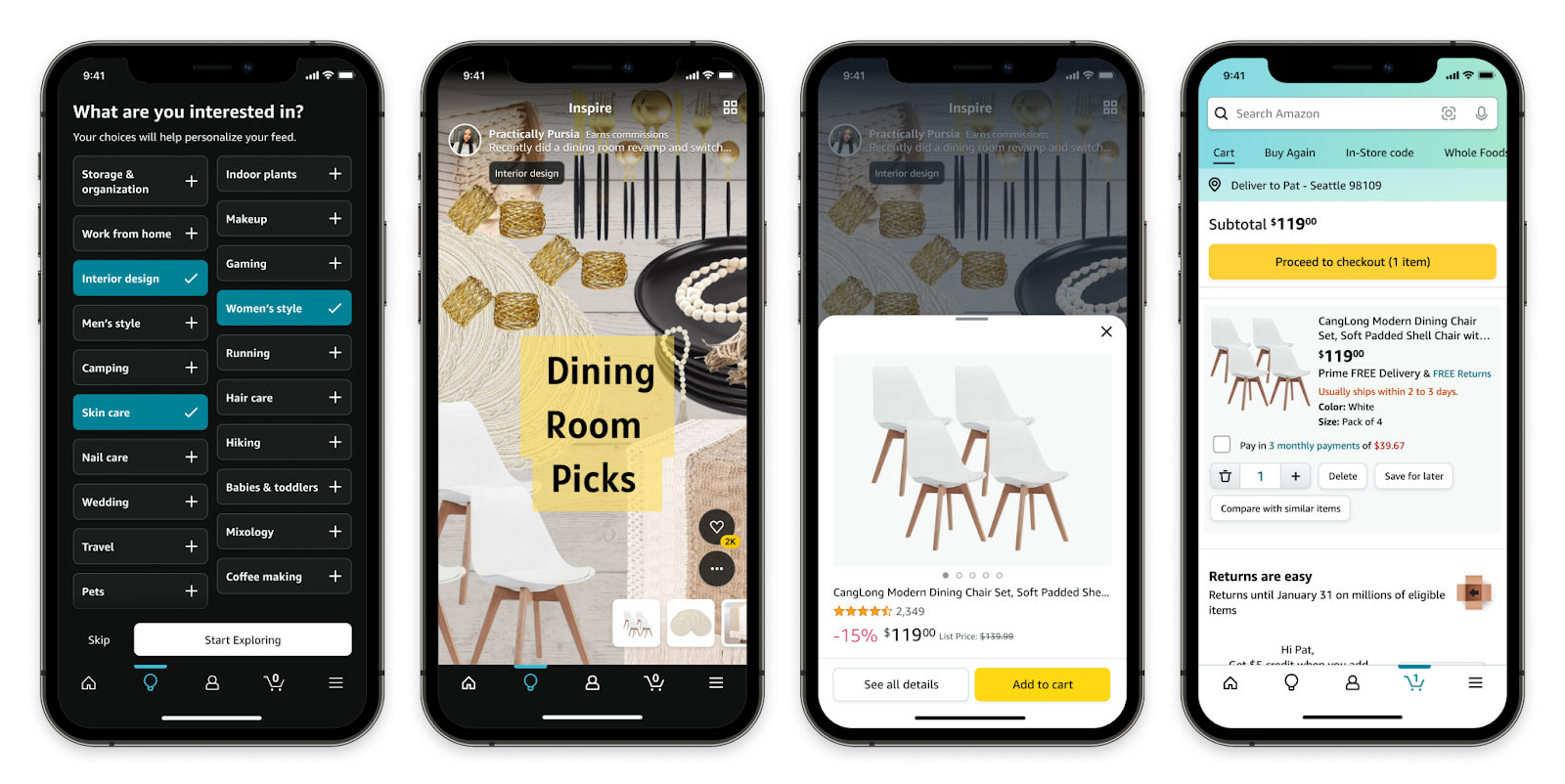
Long Videos with Shopping Capabilities Becoming a Trend
YouTube has also been focusing on enabling video creators to monetize more quickly, hence its significant investment in e-commerce. This includes allowing merchants to showcase products below videos and in channels, opening shopping features in live videos, and recently enabling creators in YouTube Studio to tag products with affiliate links in their videos.
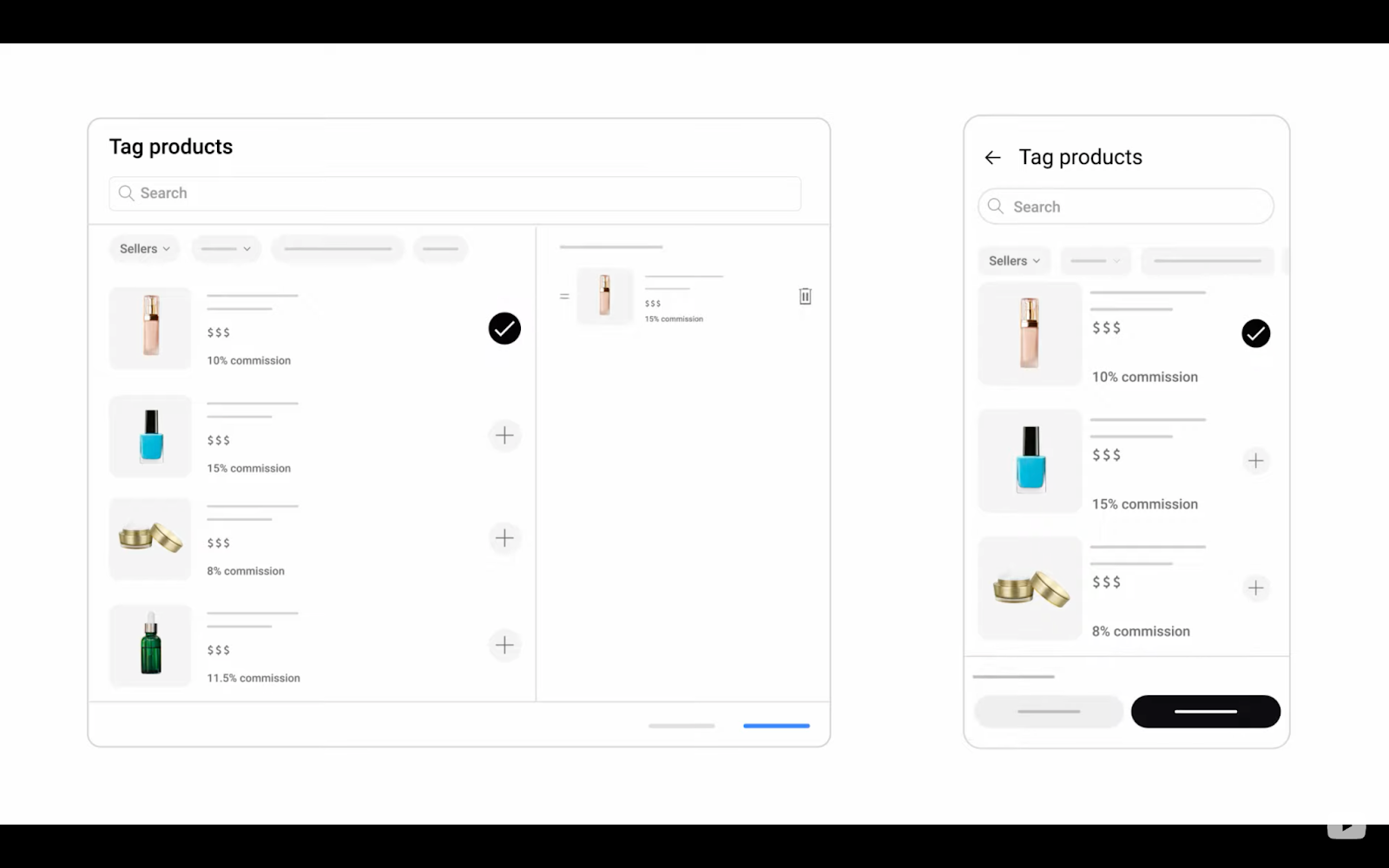
Walmart, towards the end of this year, launched its first shoppable video series, a 23-episode mini-series emphasizing festive styles - “Add to Heart,” dubbed as “RomCommerce” (likely a blend of Romantic Comedy and Commerce). It aired on Roku, TikTok, and YouTube, featuring 330 products ranging from drones, skincare, and furniture to apparel. While watching the series, TikTok users can visit the featured products directly through Video Shopping Ads, and on Roku, they can use the “OK to Text” feature.
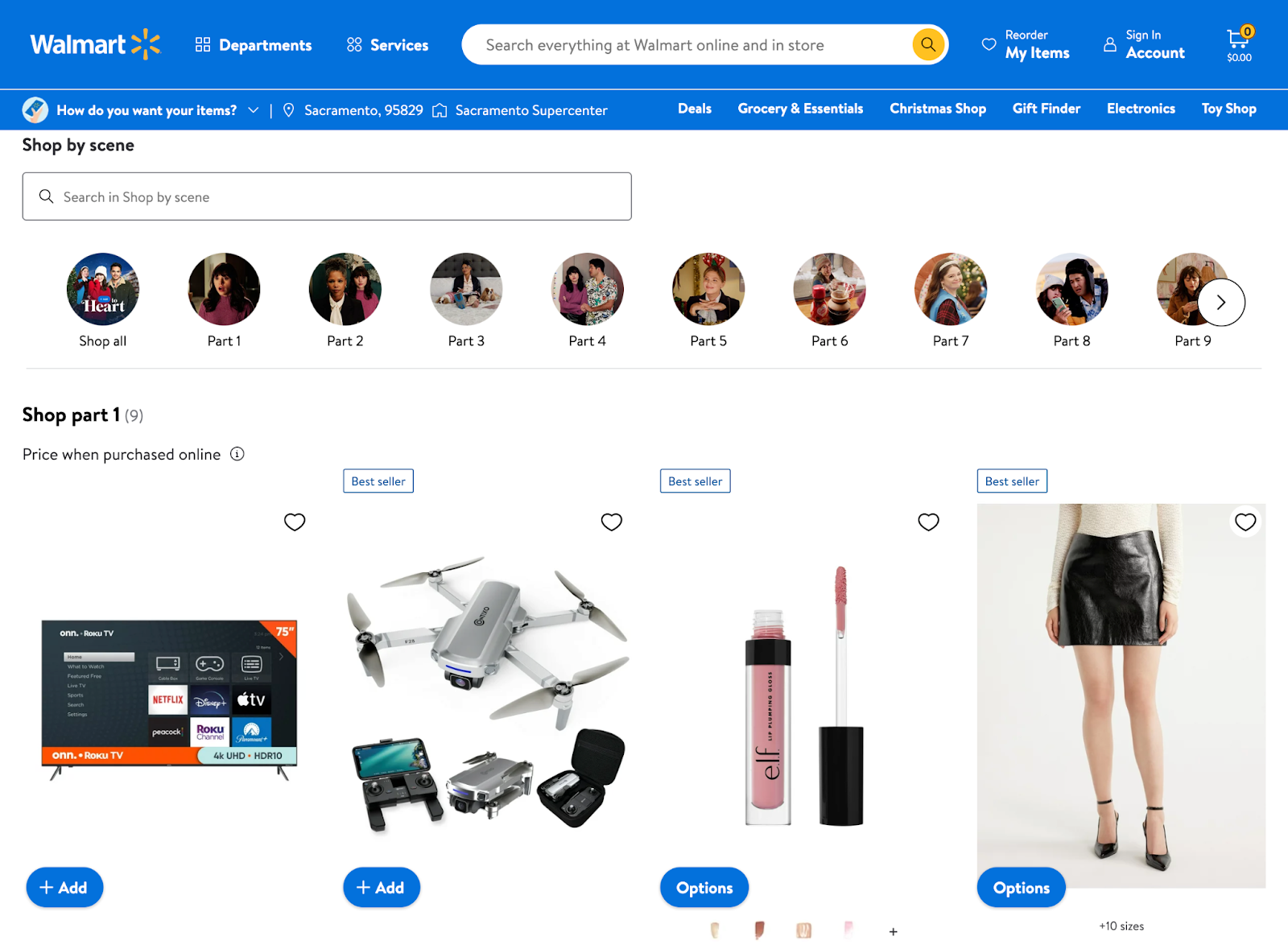
The Growth of Retail Media Networks
Retail media networks (RMN) are emerging as a lucrative trend, where retailers are not just selling products but also their customer base as an audience for advertising. This shift requires a nuanced approach to media buying, blending consumer insights with strategic ad placements. Retailers are leveraging their extensive customer data to offer targeted advertising opportunities to brands, creating a new revenue stream while enhancing the shopping experience for consumers.
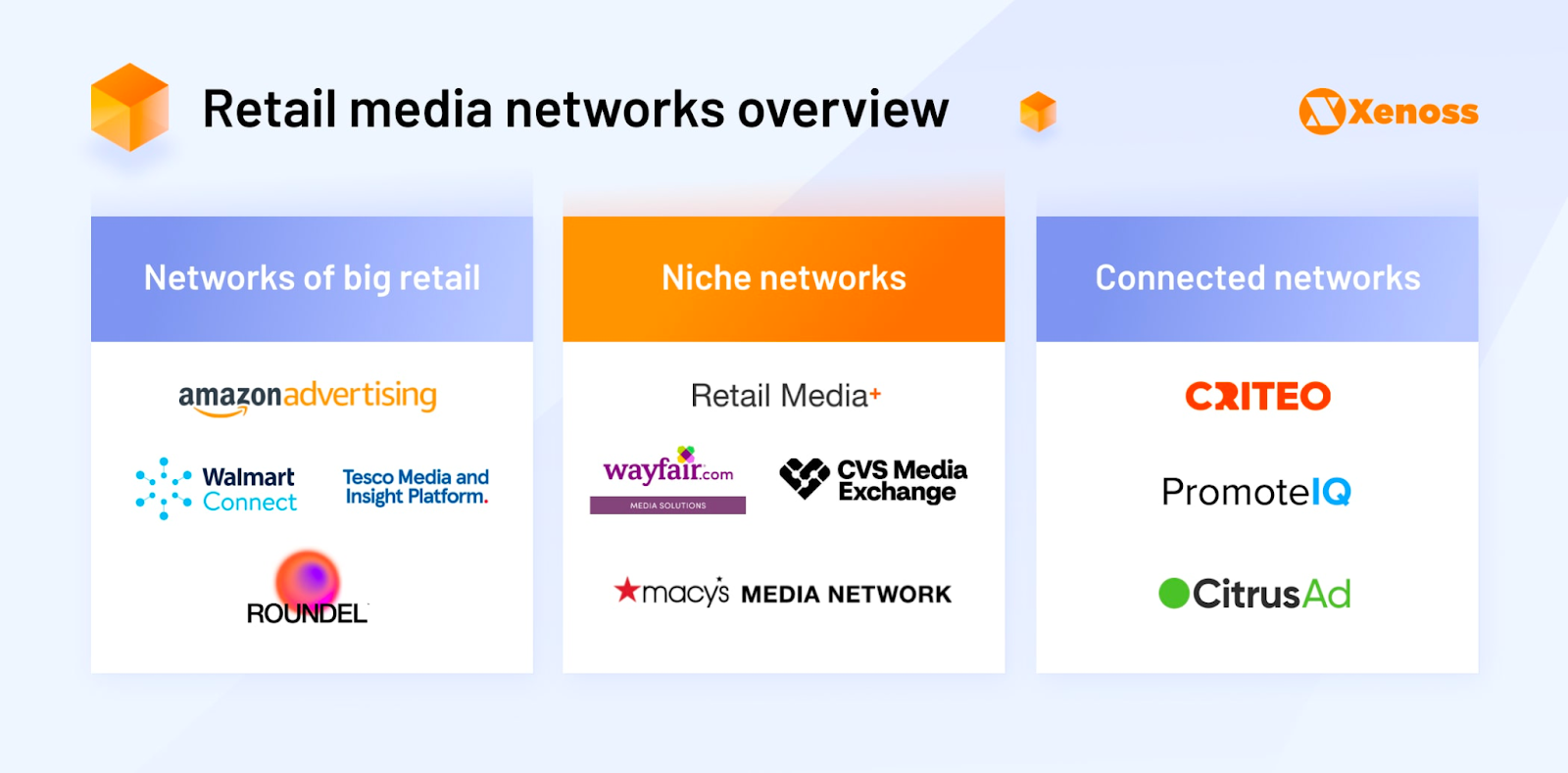
The Balance Between Big Box Retailers and Niche Retailers
Big box stores and superstores have long been the go-to for shoppers seeking a one-stop-shop experience. However, niche retailers have gained popularity in recent years by offering specialized products and curated experiences. As we look ahead to 2024, the key to success in the retail industry is finding the right balance between scale and specialization.
Big box retailers are now creating concept areas within their vast spaces to cater to niche markets to stay competitive. Meanwhile, specialized retailers use their expertise to offer unique products and services that can't be found elsewhere. Collaboration is also becoming more common, with niche brands finding shelf space in larger stores or setting up pop-up installations, giving consumers the best of both worlds.




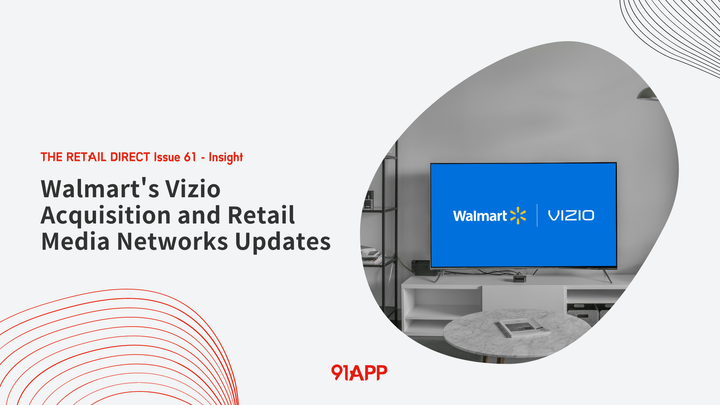
Comments ()